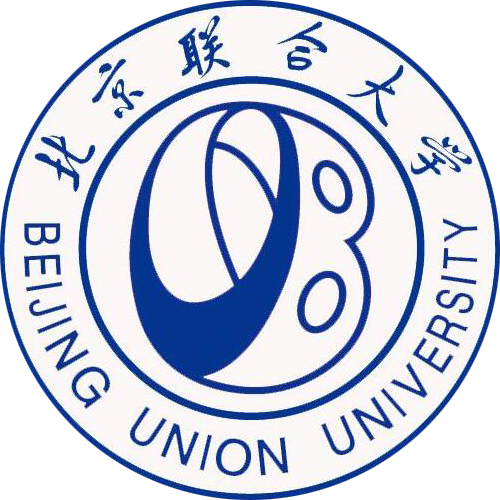详细信息
文献类型:期刊文献
中文题名:日本斋王制度的演变与古代天皇制
英文题名:The Evolution of the Saio System and the Emperor System in Ancient Japan
作者:章林[1]
机构:[1]北京联合大学北京政治文明建设研究基地,北京100101
第一机构:北京联合大学北京政治文明建设研究基地
年份:2020
卷号:18
期号:2
起止页码:48-54
中文期刊名:北京联合大学学报:人文社会科学版
收录:国家哲学社会科学学术期刊数据库;CSSCI:【CSSCI2019_2020】;
语种:中文
中文关键词:斋王制度;伊势斋宫;贺茂斋院;古代天皇制
外文关键词:Saio system;Ise Saigu;Kamo Saiin;The ancient emperor system
摘要:斋王制度是维护日本古代天皇制不可或缺的祭祀制度。斋王制度的形成、发展、嬗变与消亡的过程反映了古代天皇制的变化态势。天武天皇为了增强君临天下的正统性,借用祖先神的宗教权威,建立和健全斋王制度。在8—9世纪的皇位继承斗争中,斋王制度成为稳固皇太子地位的重要措施之一,斋王的管理运作制度也得到了进一步完善。进入摄关、院政时代以后,随着天皇权力的衰落,斋王制度的重要性也相对地被减弱,并最终退出了历史舞台。
The Saio system was the sacrificial system which maintained indispensably the ancient emperor system of Japan.The formation and development of the Saio system reflected development of the ancient emperor system.In order to increase sovereign orthodoxy,Mikado established and improved the Saio system by of religious authority ancestral god.The Saio system was one of important measures which consolidated the position of prince in the struggle for throne inheritance from the 8 th century to the 9 th century.At the same time,the management of the Saio system was to be prefect.After Sekkan and Insei era,the importance of the Saio system weakened,and the Saio system disappeared at last with the decline of imperial power.
参考文献:
![]() 正在载入数据...
正在载入数据...


